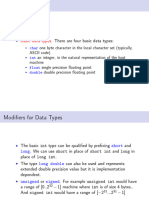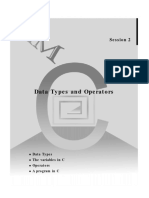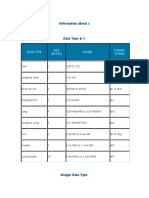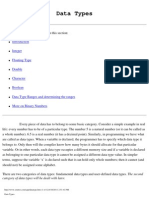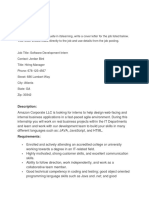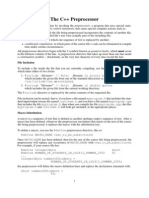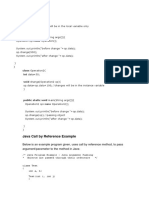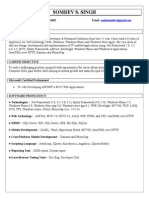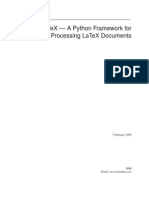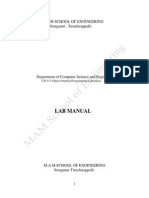0% found this document useful (0 votes)
21 views15 pages2 Data Types
This document discusses C data types including basic types like int, float, char, void, short, long, and their sizes. It also covers type modifiers like signed and unsigned and differences between float and double. Derived data types are mentioned.
Uploaded by
marnique023Copyright
© © All Rights Reserved
We take content rights seriously. If you suspect this is your content, claim it here.
Available Formats
Download as PPTX, PDF, TXT or read online on Scribd
0% found this document useful (0 votes)
21 views15 pages2 Data Types
This document discusses C data types including basic types like int, float, char, void, short, long, and their sizes. It also covers type modifiers like signed and unsigned and differences between float and double. Derived data types are mentioned.
Uploaded by
marnique023Copyright
© © All Rights Reserved
We take content rights seriously. If you suspect this is your content, claim it here.
Available Formats
Download as PPTX, PDF, TXT or read online on Scribd
/ 15










